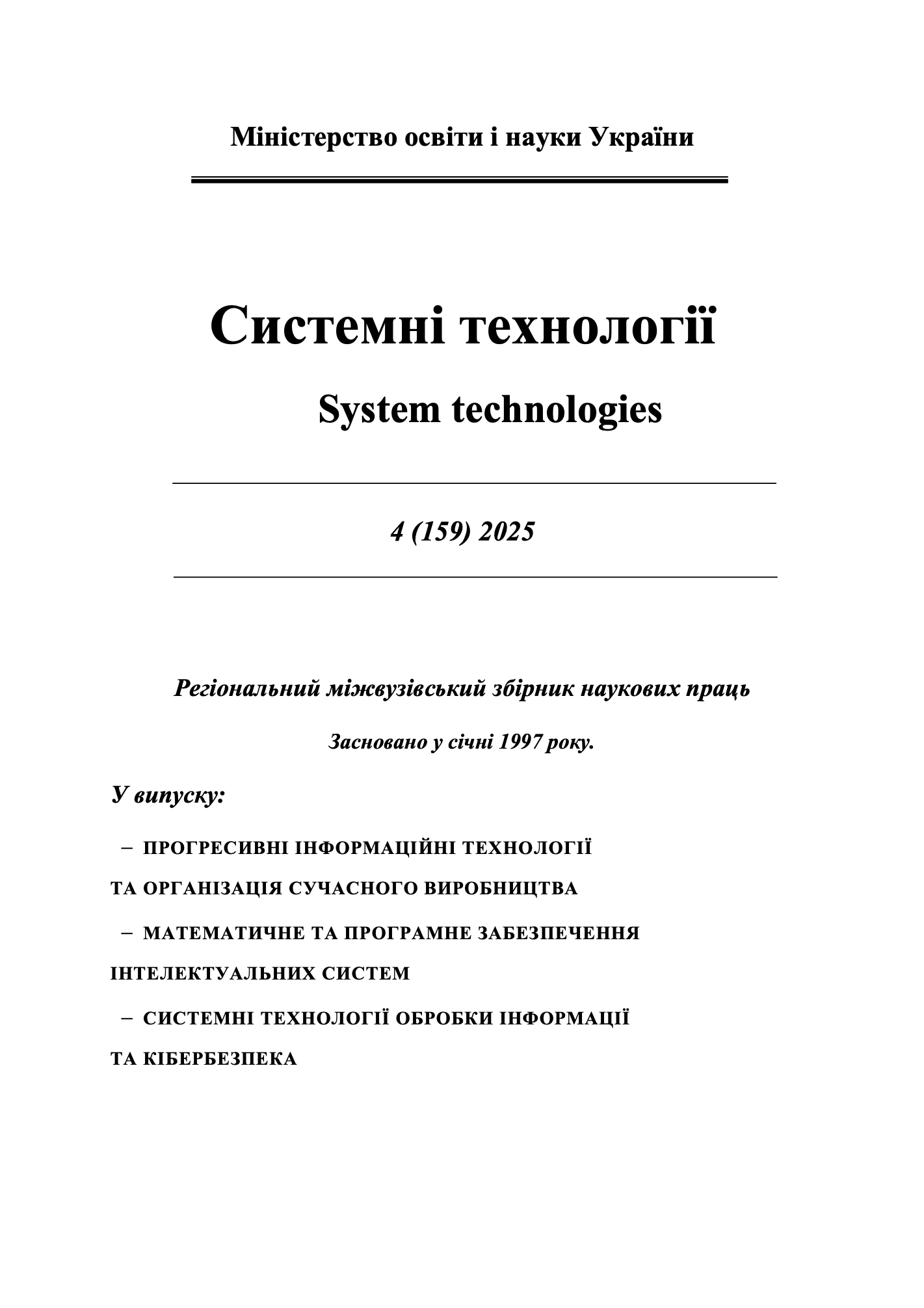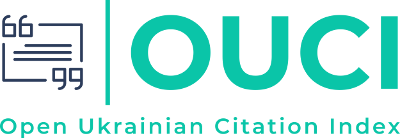Classification of drones and their engines
DOI:
https://doi.org/10.34185/1562-9945-4-159-2025-03Keywords:
unmanned aerial vehicles, classification, homogeneous and heterogeneous fuels, mixed fuels, engine equipment schemes.Abstract
The paper relevance is determined by the research of unmanned aircraft, engines and fuel for them. Current functional methods of classifying unmanned drones for military and security purposes are reviewed. The classification of unmanned vehicles with organizational and technical marks is shown. The division into homogeneous and heterogeneous is consid-ered. It is shown that the classification of fuels by structure is divided into nitrocellulose, mix-ture, modified. The principles of engine timing schemes are reviewed. It is shown that charges made from mixture solid rocket fuel can be used in two variants: with an insert charge and with a charge bonded to the body. The research aim is current state analysis of drones, en-gines and fuel for unmanned vehicles.
References
Accurate market information and advice. Precise market intelligence and advisory. Source: https://www.mordorintelligence.com
Zhang B, Song Z, Zhao F, Liu C. Overview of Propulsion Systems for Unmanned Aerial Vehicles. Energies. 2022; 15(2):455. https://doi.org/10.3390/en15020455
Valavanis, K.P.; Vachtsevanos, G.J. Handbook of Unmanned Aerial Vehicles; Springer: Dordrecht, Netherlands, 2015;Volume 2077
Handbook of Unmanned Aerial Vehicles. Kimon P. Valavanis, George J. Vachtsevanos. Springer Dordrecht.2015.302p. https://doi.org/10.1007/978-90-481-9707-1
Portal of the International Association of Unmanned Systems AUVSI – Service «Find an AUVSI Member Company» [Electronic resource]. Electronic data, 2020. Access mode: World Wide Web. URL: http://www.auvsi. org/resources/fmdacompany.
Downloads
Published
Issue
Section
License
Copyright (c) 2025 System technologies

This work is licensed under a Creative Commons Attribution 4.0 International License.















